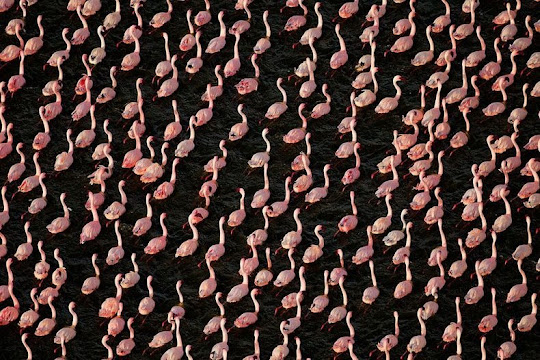Located in Kuwana City (Mie Prefecture) is Nabano No Sato, a flower-focused park featuring sprawling gardens and giant greenhouses. Running annually from mid November to mid March is one of Japan’s finest Winter Illuminations, including the famous tunnel of light.
The park also features an onsen (hot spring) and a variety of restaurants including the Nagashima Beer Garden. Open from 9am – 9pm, the park is a very popular tourist attraction so be prepared for crowds, especially on weekends.










Source
READ MORE»
The park also features an onsen (hot spring) and a variety of restaurants including the Nagashima Beer Garden. Open from 9am – 9pm, the park is a very popular tourist attraction so be prepared for crowds, especially on weekends.
Source

















